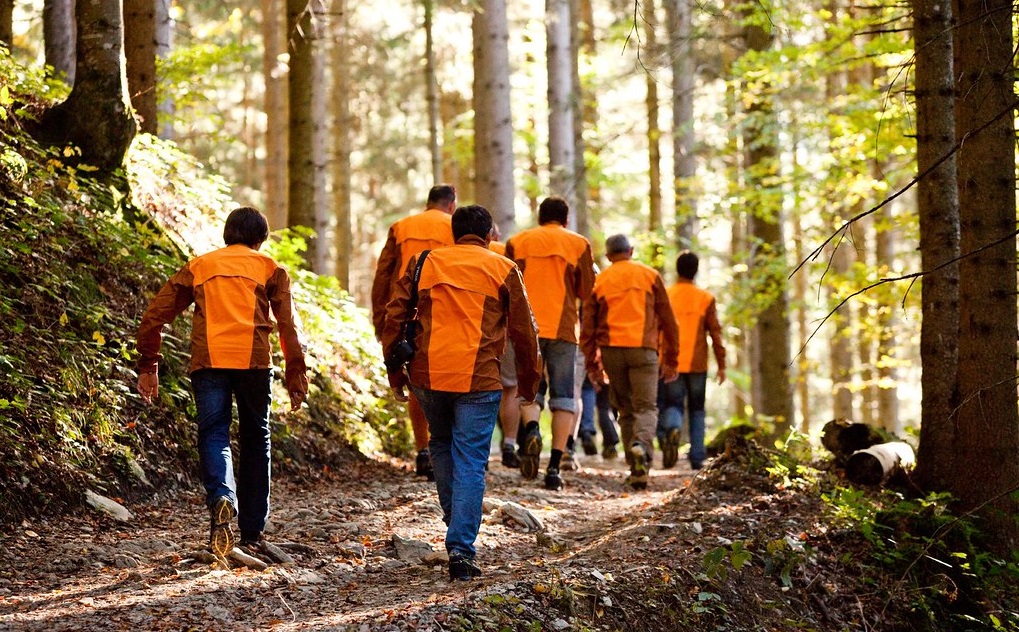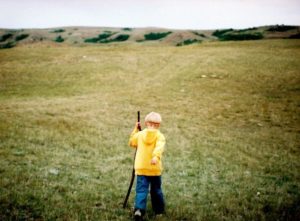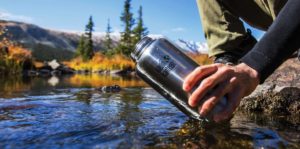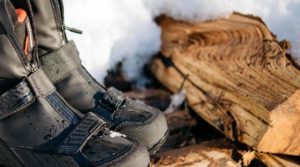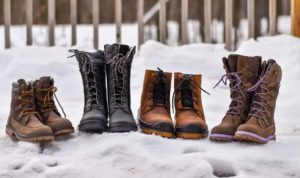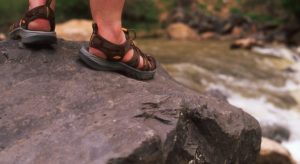Your hiking jacket is your first line of defense against the weather; think of it as a mobile shelter. In a best-case scenario, it’ll help keep you comfortable, and if you’re ever in an emergency situation, it might just keep you alive. Those are both good reasons to shop for outdoor-specific jackets, sometimes referred to as shells, hard shells or soft shells, which are purpose-built to meet your needs on the trail.
Read our review for the best Windbreaker jacket here!
Here are a couple of common terms you may encounter when you’re shopping for a high-quality jacket:
Waterproof: Simply put, a jacket’s ability to keep you dry. Most hiking outwear isn’t completely impermeable, so if the manufacturer lists its degree of waterproofing in terms of mm, pay attention. The higher the rating the better, with 10,000mm or more being optimal.
Breathable: If your jacket were completely impermeable, you’d end up soaked in your own sweat by the time you’d hiked a short distance. The more breathable a jacket is, the better it lets water vapor from condensation and sweat exit the jacket. Again, the higher the rating the better, with 10,000g or more being optimal, although there’s no single, uniform way of testing breathability between manufacturers.
Rain jackets are designed in a way to keep the rain from getting in and getting the sweat out at the same time.
If you run into other confusing terminology, use my hiking glossary to get a definition that covers each term as regards hiking. If you can’t find what you need in the glossary — it’s a work in progress — drop me a line in the forums or by email, and I’ll add the term you’re looking for.
Trying on Hiking Jackets
Here’s how to make sure your jacket fits so well, you’ll love having it along for every hike. First, put the jacket on over the bulkiest layers you expect to wear it with. A trim fit is okay, but your jacket should never be pulled taut by the clothing beneath, and modern cuts and fabrics mean there’s no reason to feel like the Stay Puft Marshmallow Man; you should still be able to move freely even when all layered up.
Next zip the jacket up, stand in front of a mirror, and raise your arms straight overhead. Stretch them straight forward in front of you (as if you were working on your tent or starting a fire with both hands), then as far behind you as you comfortably can. If the hem of your jacket rides up or if the cuffs pull back leaving your forearms exposed, you need a different jacket. (Actually, you’ll probably want to shop an entirely different manufacturer.) If the jacket binds across the chest or shoulders, try a size larger or a different model of jacket (but feel free to shop from the same manufacturer).
The Hood Test
Draw the hood (if the jacket has one) up over your head. Does it cover your whole head? Turn your head from side to side — a good jacket’s hood will move with you so you can easily look to the sides, even when the hood isn’t cinched down.
Test All the Features
Experiment with the pit zips (if the jacket has them — this is another trend that’s been fading lately), the main zippers, the rip-and-stick cuffs, the hood adjustments, the zippers on the pockets, the drawstring at the waist, and any other features that the jacket offers. You should be able to manipulate all of them while wearing the jacket; after all, if it suddenly starts pelting rain, the last thing you’re going to want to do is to take your jacket off to fiddle with the pit zips or the hood.
High-quality jackets that fit well can be pricey, but they’re also almost indestructible, and they’ll make your time on the trail far more comfortable — so they’re well worth saving up to buy. If you absolutely can’t budget for a new jacket, try shopping in the returns area (the “attic” for REI or the “bargain cave” for Cabela’s) or in thrift stores. If you know what you’re looking for and get lucky, you can sometimes score great deals on high-quality outerwear in secondhand shops.

